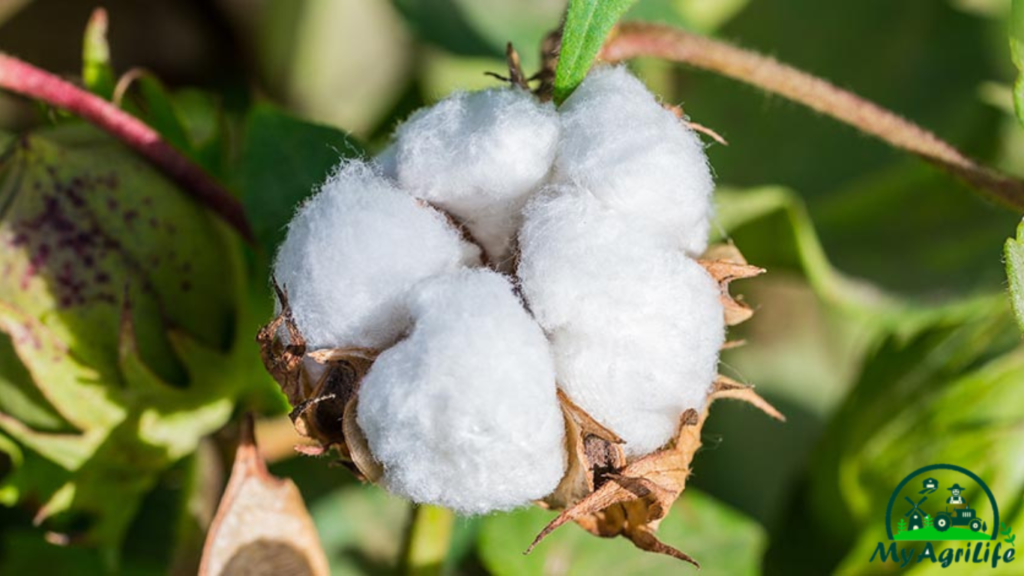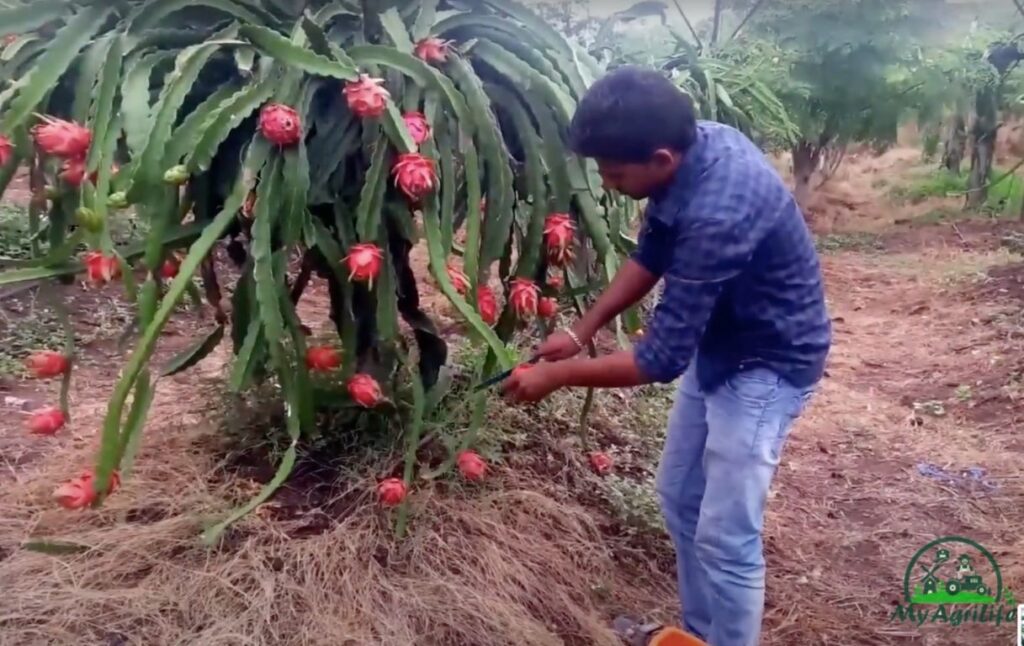Date palm, also known as Phoenix dactylifera, is a type of palm tree that is widely cultivated for its edible fruit, which is commonly known as a date. Date palms are native to the Middle East, North Africa, and South Asia, but they are now grown in many other regions of the world.
The date fruit is a rich source of carbohydrates, fiber, vitamins, and minerals, making it a popular food in many cultures. Dates can be eaten fresh or dried, and they are often used in desserts, baked goods, and other sweet dishes.
In addition to their culinary uses, date palms are also important in many traditional cultures for their medicinal properties. Various parts of the date palm, including the fruit, leaves, and seeds, have been used for centuries to treat a range of ailments, from digestive disorders to respiratory problems.
In some regions, date palm cultivation has also played a significant role in the economy and society, providing food, fuel, and materials for building and other uses. Overall, the date palm is a versatile and valuable plant with many cultural and practical applications.
Seed Specification Date Palm
The seed of a date palm, also known as a date seed, is a hard, woody structure that contains the embryonic plant. Here are some specifications of date palm seeds:
1.Size: Date palm seeds are typically around 2-3 centimeters in length and 1-2 centimeters in width, although sizes can vary depending on the variety of date palm.
2.Weight: The weight of a date palm seed can vary widely depending on the variety and the degree of dryness. Generally, a single seed can weigh between 1 to 3 grams.
3.Color: The color of a date palm seed is usually light brown or tan, although some varieties may have darker or reddish tones.
4.Texture: The seed is hard, smooth, and woody with a slight curvature.
5.Germination: Date palm seeds require specific conditions for germination. They must be planted in well-draining soil and kept warm and moist. Germination can take anywhere from a few weeks to several months.
6.Uses: In addition to being used for propagation of new date palm trees, date palm seeds are also used for various traditional medicinal purposes.
It is important to note that date palm seeds contain cyanogenic glycosides which can release cyanide when ingested. Therefore, it is recommended to consume date palm fruits, rather than seeds, which have been processed to remove the cyanide content.
Land Preparation & Soil Health Date Palm
Land preparation and soil health are crucial factors in the successful cultivation of date palm trees. Here are some key considerations for preparing the land and maintaining soil health for date palm cultivation:
1.Soil Type: Date palms prefer well-drained soils with good structure and a pH range of 7-8.5. Sandy loam and loamy soils are generally considered ideal for date palm cultivation.
2.Soil Preparation: Before planting date palm trees, the land should be cleared of any rocks, debris, or other obstacles. The soil should then be plowed and leveled to ensure uniformity of planting.
3.Soil Fertility: The soil should be enriched with organic matter such as compost or manure to improve fertility and soil structure. Soil fertility should be monitored regularly and amendments made as needed.
4.Irrigation: Date palms require regular and consistent irrigation to ensure proper growth and fruit production. Irrigation systems should be designed to avoid waterlogging or salinization of the soil.
5.Soil Salinity: High soil salinity can be a major problem for date palm cultivation. It is important to monitor soil salinity levels and take measures to reduce it if necessary, such as leaching the soil with freshwater or using salt-tolerant cultivars.
6.Pest Management: Proper pest management practices should be employed to prevent damage to the date palm trees and fruit. This includes regular scouting for pests, using natural predators, and using approved pesticides judiciously.
7.Crop Rotation: To maintain soil health and prevent disease buildup, it is recommended to practice crop rotation by alternating date palm cultivation with other crops.
By following these land preparation and soil health practices, growers can help ensure healthy and productive date palm trees for many years to come.
Crop Spray & Fertilizer Specification Date Palm
Crop spray and fertilizer application are important practices in date palm cultivation that can help improve yield and fruit quality. Here are some specifications to consider for crop spray and fertilizer application for date palms:
1.Crop Spray: Crop spray is used to control pests and diseases that can damage date palm trees and fruit. The spray should be applied according to the manufacturer’s instructions and local regulations. Organic and natural sprays are preferred, but if chemical sprays are used, they should be used judiciously and only as a last resort.
2.Fertilizer Type: Date palms require a balanced supply of nutrients for optimal growth and fruit production. A fertilizer with a ratio of 2:1:3 of nitrogen (N), phosphorus (P), and potassium (K) is recommended. Organic fertilizers such as compost or manure are preferred, but inorganic fertilizers can also be used if applied according to local regulations.
3.Fertilizer Application: Fertilizer should be applied to the soil in a circle around the trunk of the tree, away from the base. Fertilizer should be applied in multiple small doses throughout the year rather than in one large dose to avoid overfertilization.
4.Micronutrients: In addition to the three primary nutrients (N, P, and K), date palms require a range of micronutrients, including boron, iron, and manganese. These nutrients can be applied as part of a balanced fertilizer or separately as needed.
5.Timing: Fertilizer should be applied during the active growing season, which typically starts in late winter and continues through early fall. Fertilizer application should be timed to avoid damage to the trees during periods of drought or extreme weather.
6.Soil Testing: Regular soil testing is important to determine the nutrient needs of the trees and adjust fertilizer application accordingly.
By following these specifications for crop spray and fertilizer application, growers can help ensure healthy and productive date palm trees and fruit.
Weeding & Irrigation Date Palm
Weeding and irrigation are two important practices in date palm cultivation that can help improve yield and ensure healthy trees. Here are some specifications to consider for weeding and irrigation in date palm cultivation:
1.Weeding: Weeding is important to control weeds that can compete with date palms for water and nutrients. Weeds can be removed by hand or using mechanical means, such as a hoe or cultivator. It is important to avoid damaging the roots of the date palm trees while weeding.
2.Mulching: Mulching can be an effective way to control weeds and maintain soil moisture. Organic mulches, such as straw or leaves, can be spread around the base of the tree to a depth of 5-10 cm.
3.Irrigation: Date palms require regular and consistent irrigation to ensure proper growth and fruit production. The frequency and amount of irrigation will depend on soil type, climate, and other factors. In general, date palms require more frequent irrigation during the summer months and less during the winter months.
4.Irrigation System: An efficient and effective irrigation system is important for date palm cultivation. Drip irrigation is preferred because it delivers water directly to the roots of the tree, reducing water loss due to evaporation.
5.Soil Moisture Monitoring: Monitoring soil moisture levels is important to ensure that the trees are receiving adequate water. This can be done using a soil moisture meter or by observing the soil for signs of dryness.
6.Irrigation Timing: Irrigation should be timed to avoid watering the trees during the hottest part of the day, which can increase water loss due to evaporation. Early morning or late afternoon are good times for irrigation.
By following these specifications for weeding and irrigation, growers can help ensure healthy and productive date palm trees for many years to come.
Harvesting & Storage Date Palm
Harvesting and storage are important practices in date palm cultivation that can impact the quality and shelf life of the fruit. Here are some specifications to consider for harvesting and storage of date palms:
1.Harvesting Time: The harvesting time for date palms depends on the variety and location of the trees. The fruit is typically harvested when it is fully ripe, but still firm, which is usually in the late fall or early winter.
2.Harvesting Method: The fruit can be harvested using mechanical means or by hand. Hand harvesting is preferred to avoid damaging the fruit or the tree.
3.Sorting and Grading: The harvested fruit should be sorted and graded based on size, color, and quality. Only high-quality fruit should be selected for storage or market.
4.Storage Conditions: Date palms should be stored in a cool, dry, and well-ventilated area to prevent spoilage. A temperature range of 0-5°C is recommended for long-term storage.
5.Packaging: The fruit should be packed in clean and hygienic containers to prevent contamination and damage during storage and transport. The containers should be well-sealed and labeled with the date of harvest and other relevant information.
6.Shelf Life: The shelf life of date palms depends on the variety and storage conditions. Properly stored date palms can last for several months or even up to a year.
7.Post-Harvest Treatments: Post-harvest treatments, such as fumigation, can be used to control pests and extend the shelf life of the fruit. However, these treatments should be used judiciously and according to local regulations.
By following these specifications for harvesting and storage, growers can help ensure high-quality date palms that are safe and enjoyable for consumers.
Conclusion
Date palm farming is a rewarding and ancient practice that involves cultivating date palm trees for their delicious and nutritious fruit. It requires careful attention to land preparation, soil health, weeding, irrigation, and pest management.
Proper land preparation involves clearing the land, ensuring good soil structure, and enriching the soil with organic matter. Maintaining soil health through regular soil testing, appropriate fertilization, and managing soil salinity is crucial for the optimal growth of date palm trees.
Weeding and mulching help control weeds and preserve soil moisture, while irrigation should be done regularly, taking into account the specific needs of the date palms and local climate conditions. Monitoring soil moisture levels and employing efficient irrigation systems are essential for healthy tree growth.









